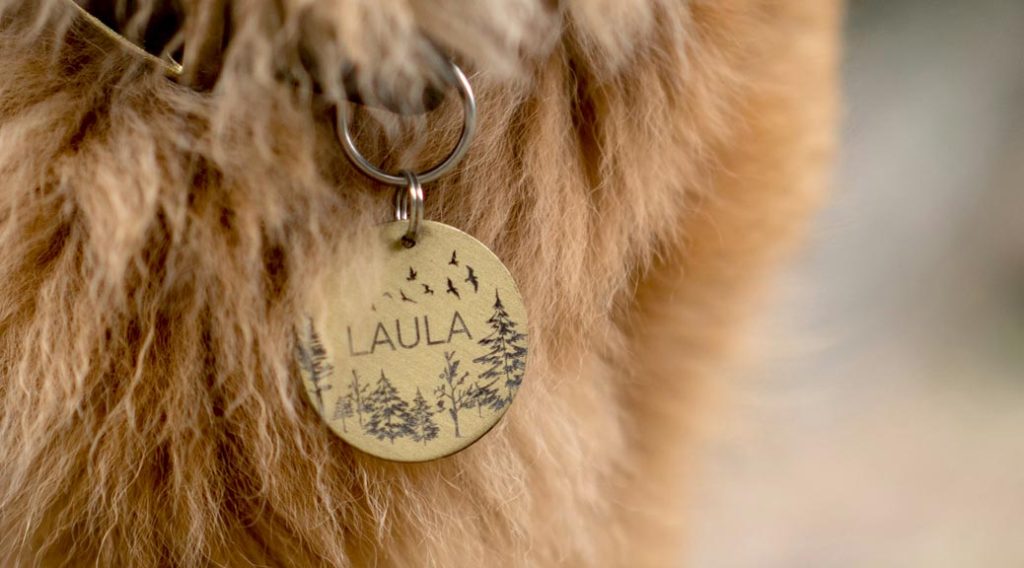More than 90% of lost pets who make it back home get there because of ID tags, microchips or other identification like tattoos. In observance of National Pet ID Week—April 17-23—we outline multiple ways to identify your pet.
Photographs
Have a photography session featuring your pet, taking care to capture multiple views and distinctive markings that would help a stranger recognize your pet. If you regularly have your dog’s coat trimmed, shoot photos showing how he or she looks with varying coat lengths. Include yourself in some of the photos in case you need to establish that the pet belongs to you.
Collar Tags
Keep a collar on your pet with identification tags attached at all times. Even indoor pets can easily slip through an open door or window and get lost outside.
You may choose standard tags bearing the pet’s name and your name, address and phone number. These provide the most easily-accessible contact information to anyone who finds your lost pet. Search online for “pet ID tags” to see a full selection.
A digital tag with a quick-response (QR) code is a relatively new, surprisingly inexpensive pet ID option that allows you—usually at no additional cost—to register multiple contacts and detailed information about your pet, including photographs and medical data. If someone finds your pet, they can scan the QR code with a smart phone to access all your pet’s information. An online search for “digital pet id tags” will generate multiple options.
Most lost pets with an up-to-date ID tag are returned home within a few hours.
GPS Tracking Collars
A number of Global Positioning System (GPS) tracking collars and tags are now available to allow you to track your pet’s location using your cell phone.
This comprehensive article from PC Magazine, “The Best Pet Trackers and GPS Dog Collars for 2025” identifies, ranks and reviews a half-dozen products, weighing pros and cons of each and offering a buying guide to help you choose the best one for your pet.
Microchips
In addition to external collar tags, we recommend having us implant a microchip to identify your pet even if its collar falls off or is removed. Nearly all shelters and veterinary hospitals—including ours—have scanners that can detect and read the microchip’s registration number. Assuming you’ve registered and kept your contact information up-to-date, a microchip can improve the likelihood your pet will make it back home by 50%.
How We Can Help
If you pet hasn’t yet had a microchip implanted, call the office to schedule an appointment. If your pet is scheduled for any procedure requiring anesthesia, such as spaying, neutering or a dental cleaning, you may prefer to have the chip implanted then.
If your pet already has a microchip, we can scan for it during your next clinic visit to make sure it’s still in place and readable.

